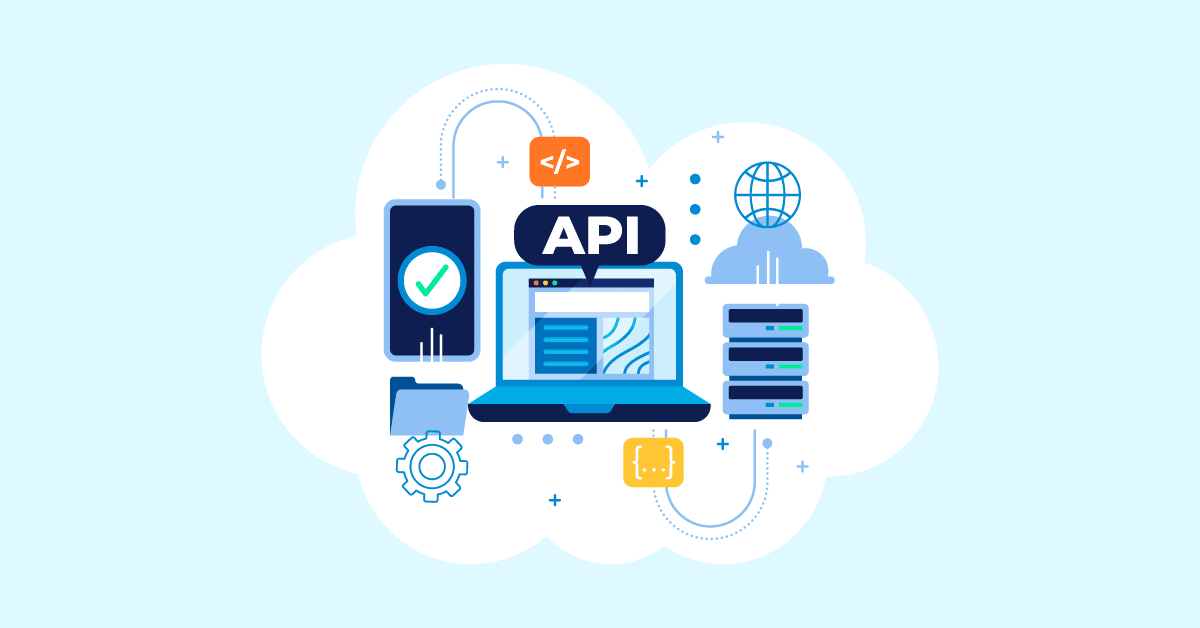Buzz Haven: Your Daily Dose of News
Stay informed and entertained with the latest buzz in news, trends, and insights.
API Integration: The Unsung Hero of Modern Development
Unlock the power of API integration! Discover how this hidden hero streamlines modern development and fuels innovation like never before.
Understanding API Integration: Key Benefits for Modern Development
API integration plays a pivotal role in modern software development, enabling different applications to communicate and share data seamlessly. By leveraging APIs, developers can integrate third-party services, which significantly reduces the time and effort required to build new features from scratch. This flexibility allows for faster development cycles, as teams can incorporate established services for payment processing, authentication, and more, effectively enhancing the overall functionality of their applications.
One of the key benefits of API integration is improved efficiency in the development process. Rather than duplicating efforts, developers can focus on their core product, utilizing existing APIs to add functionalities quickly. Additionally, consistent API integrations foster innovation, as businesses can easily adapt to changing market demands and explore new opportunities by combining various services. As a result, organizations can maintain a competitive edge while optimizing resource allocation and streamlining workflows.

Common API Integration Challenges and How to Overcome Them
API integration can significantly enhance the functionality of applications, but it also comes with its share of challenges. One common issue is data inconsistency, where incoming data from different APIs does not match your system's formatting or requirements. This can lead to errors and miscommunication within the application. To overcome this, implementing a robust data validation process is essential. Ensure that all data is standardized before it enters your system. Another challenge is dealing with API versioning. As APIs update, older versions may become deprecated, breaking your integration. Regularly auditing your API usage and staying informed about updates can help you adapt seamlessly.
Another challenge is authentication and security. Many APIs require complex authentication methods that can be challenging to implement correctly, potentially exposing your application to vulnerabilities. Using well-documented libraries or frameworks for authentication can streamline this process. Finally, the rate limits imposed by APIs can hinder performance; exceeding these limits may lead to throttling or downtime. To mitigate this, consider implementing caching mechanisms to reduce the number of requests to the API and ensure you stay within the defined limits. By addressing these challenges proactively, you can facilitate smoother API integrations.
API Integration vs. Traditional Development: What's the Difference?
API integration and traditional development are two distinct approaches to building software solutions. API integration focuses on connecting different applications via their Application Programming Interfaces, allowing them to communicate and share data seamlessly. This method promotes a modular approach, where developers can leverage existing services and functionalities from third-party providers, resulting in faster development times and reduced costs. On the other hand, traditional development involves creating software from the ground up, which can be more time-consuming and resource-intensive. In this approach, developers have full control over the codebase and can customize functionalities as needed, but they may face challenges such as lengthy development cycles and maintenance complexities.
When deciding between API integration and traditional development, businesses should evaluate their specific needs and long-term goals. For instance, if a company seeks to quickly implement new features and enhance user experience without significant investment, API integration may be the best choice. Conversely, organizations requiring custom solutions tailored to their unique processes might benefit more from traditional development despite the higher initial investment. Ultimately, understanding the differences between these approaches can help businesses make informed decisions that align with their strategies and objectives.